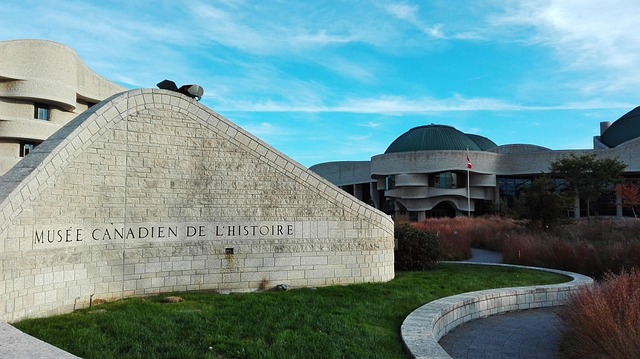Unveiling Old Quebec’s Charm
Old Quebec, a UNESCO World Heritage site, is a treasure trove of history and culture. Nestled in the heart of Quebec City, this historic district is renowned for its well-preserved colonial architecture and rich heritage, making it a captivating destination for history enthusiasts and tourists alike.

A Journey Through Time
Founded in 1608 by Samuel de Champlain, Old Quebec is one of the oldest cities in North America. The area is steeped in French colonial history, with cobblestone streets, fortified walls, and iconic structures like the Château Frontenac. This blend of historic charm and modern vibrancy captivates visitors as they stroll through the narrow alleyways.
Architectural Marvels
The architecture of Old Quebec is a visual feast. From the grandiose Château Frontenac, which towers over the city, to the charming Place Royale, each corner tells a story. The distinct French influence in the design reflects the city’s roots and is essential to its character.
Significance in Canadian History
Old Quebec has played a pivotal role in Canadian history. It served as a military stronghold and was the site of key battles that shaped the nation. The history encapsulated within these walls offers insights into the French and British colonial past and the enduring impact on Canada’s identity.
Preservation and Culture
Efforts to preserve Old Quebec’s heritage have been at the forefront of local and national initiatives. Through educational programs and cultural events, the essence of this historic district is celebrated, ensuring that future generations can appreciate its significance.
Conclusion
Old Quebec stands as a testament to Canada’s rich history and cultural diversity. Whether you’re exploring its storied streets, admiring its architecture, or learning about its past, Old Quebec is a must-visit destination. Embark on a journey to this enchanting historic district, and discover the stories hidden within its charming facade.
Visit Old Quebec today and experience its historical significance firsthand!


